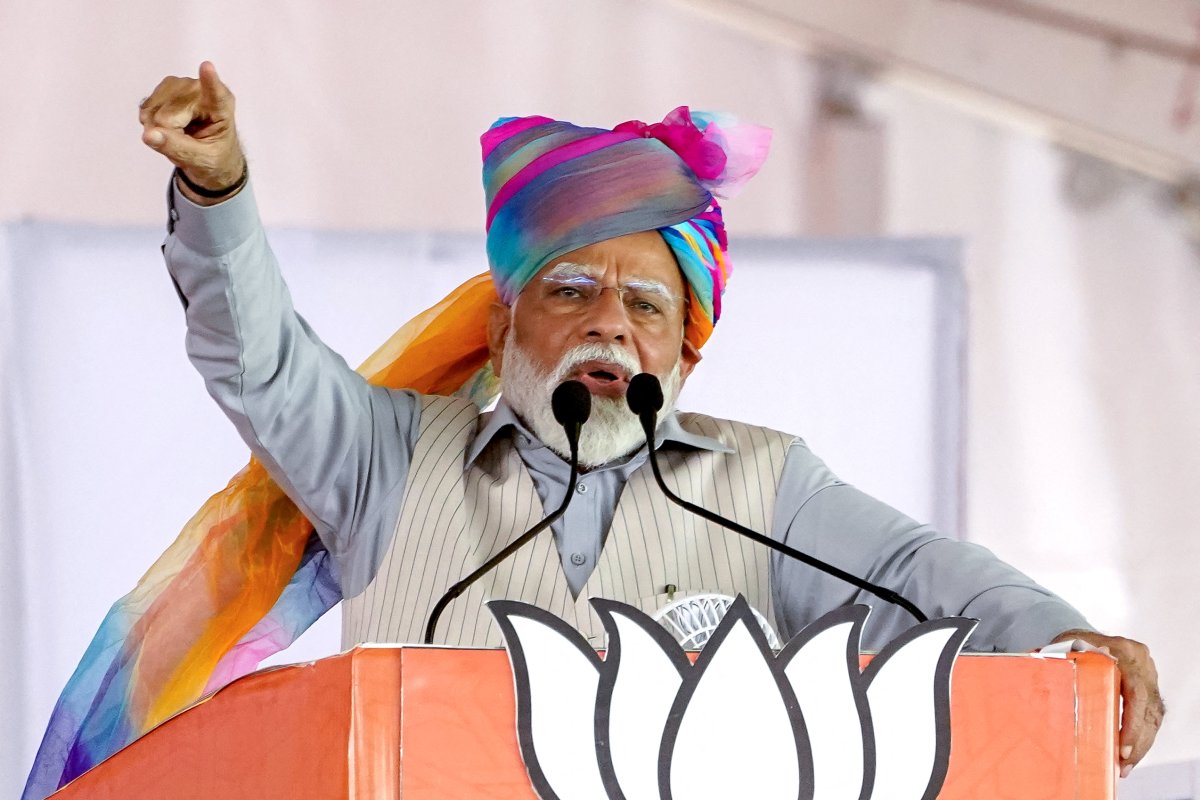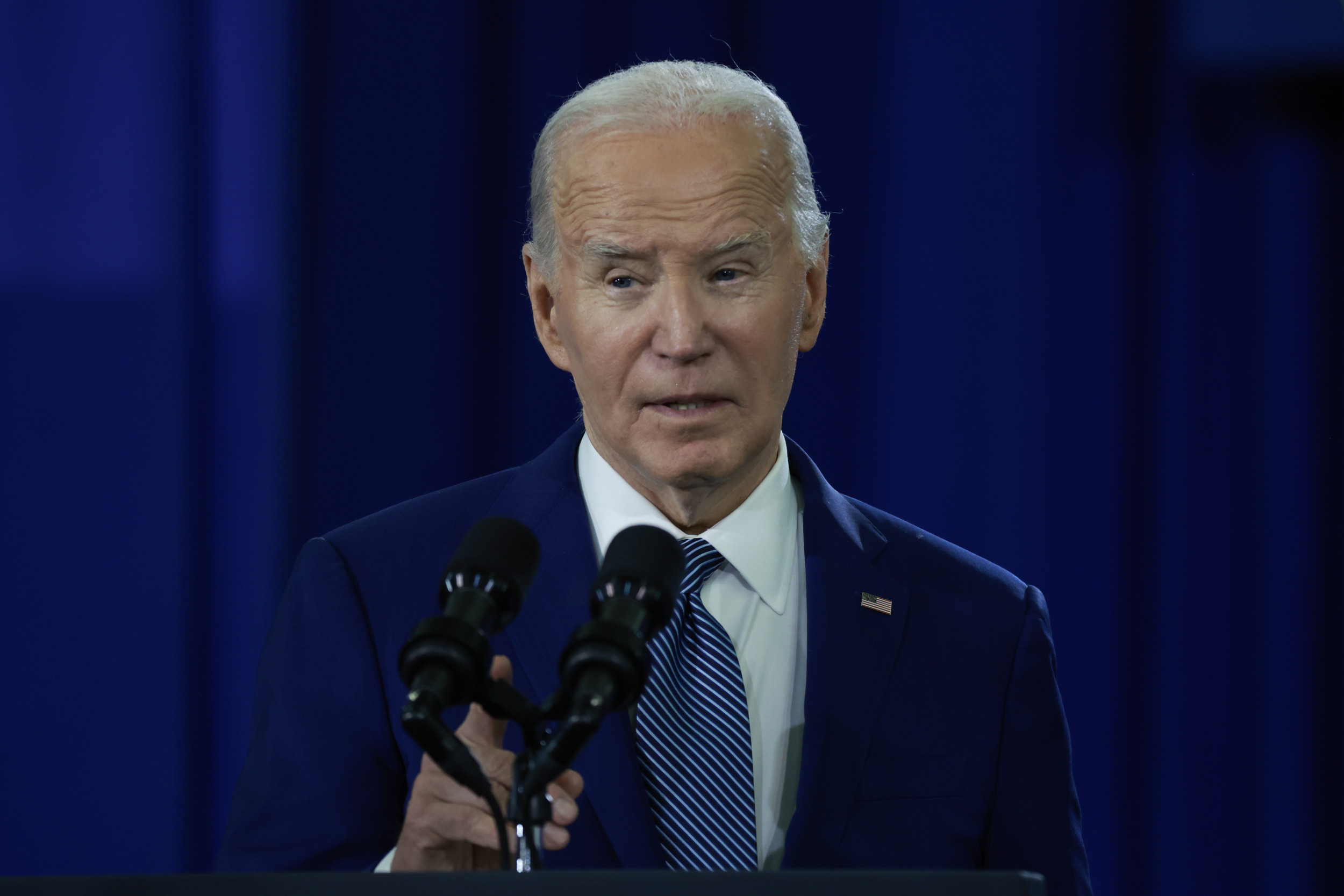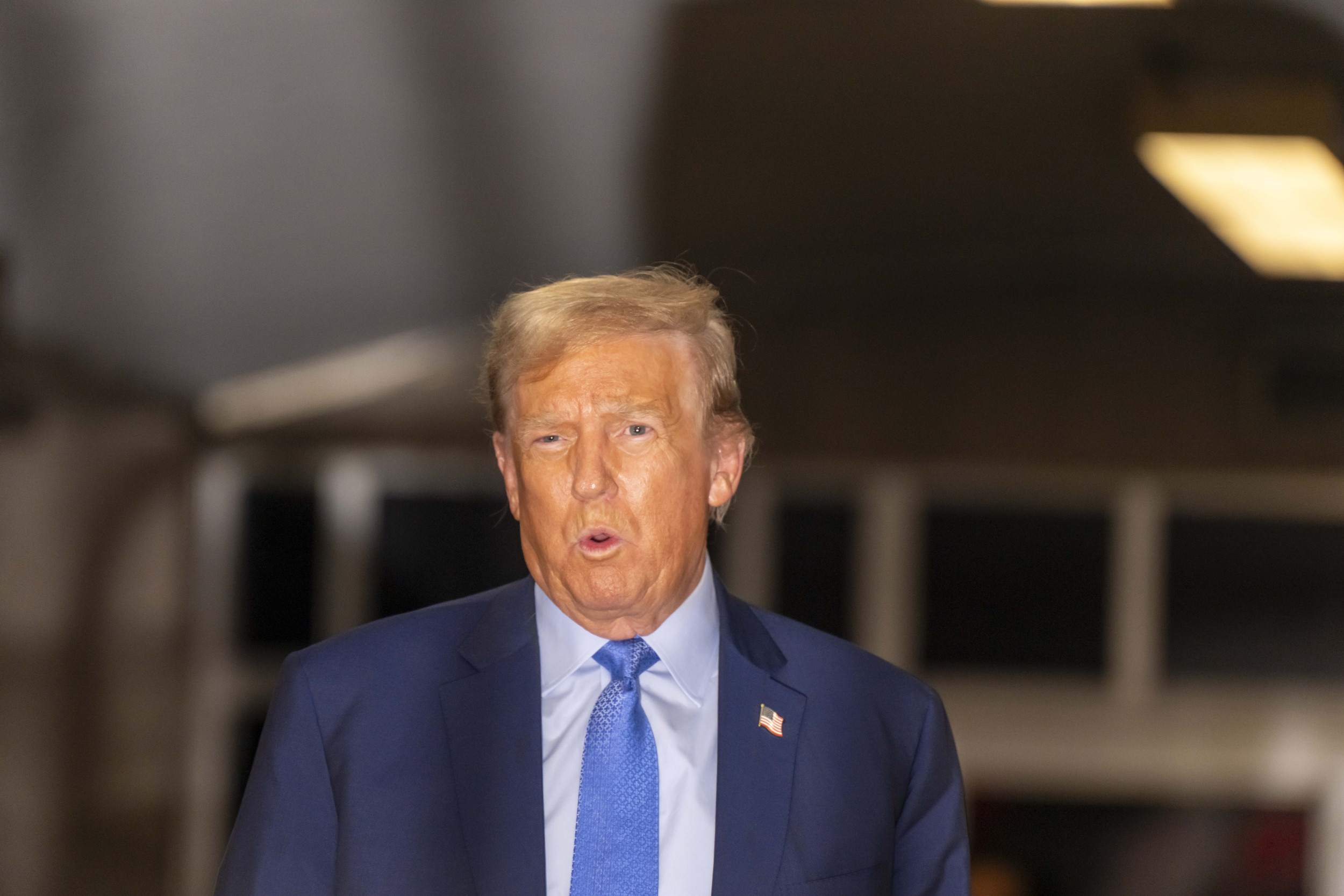As the world's largest democracy heads for its eighteenth general elections in phases starting April 19, an air of inevitability prevails over the likely outcome. Prime Minister Narendra Modi's Bharatiya Janata Party (BJP) is projected to retain power with a thumping victory. Few doubt that Modi will get a record-equaling third consecutive five-year term in office, a feat that only India's first Prime Minister Jawaharlal Nehru had accomplished.
In historical terms, India is in a Modi era. There have been eras epitomized by phenomenally popular politicians in India before. Nehru (1947-1964) and his daughter Indira Gandhi (1966-1977 and 1980-1984) strode like colossuses in Indian politics. Today, be it the opinion polls or the results of state level elections, the average Indian's favorite politician and preferred party are obvious.

The relentless success of the Modi juggernaut can be explained by five factors. Firstly, Modi is seen as uniting and strengthening India as a nation by a plurality of voters. His efforts to mold a hugely diverse country into a single nation with a national consciousness touch deep emotions among the masses.
Overcoming divisions based on language and caste and imbuing every part of India with an overarching national feeling through mass campaigns like Ek Bharat, Shreshtha Bharat (One India, Best India) have generated a broader sense of oneness, which accrues benefits to the BJP in nationwide general elections.
Portrayals in the international news media and by Modi's opponents at home that India has become highly divided and polarized by the BJP's "Hindu fundamentalism" and intolerance do not find resonance with ordinary Indian voters. A vote cast for Modi in elections is viewed by many Indians as a vote for a unified India.
Secondly, Modi is closely associated with national strength and solidity. Unlike the period between 1989-2014, when wobbly coalition governments of motley groups of parties were the norm, the Modi era has produced governments with a clear majority and a decisive mandate from voters for the BJP to govern firmly and deliver on promises. Modi's clarion call in the campaigning for the elections that India needs a "stable government with unequivocal majority" appeals to many voters who believe continuity of the regime is necessary for the nation's rise.
Thirdly, Modi comes across to many Indian voters as a modernizer who is spearheading the country's economic rise. His technocratic style of governance, marked by an "art of implementation," conveys fundamental competence in administrative matters. In a large and chaotic democracy where rule-of-law is in short supply, Modi's mastery over the minutest of public policies and his personal involvement in almost all governance issues assure voters that they have a "24/7" public servant-in-chief.
Fourthly, Modi is a symbol for clean governance. The absence of a single credible corruption scandal involving the central government since he became prime minister in 2014 is an exceptional record. His messaging during election campaign rallies that, "I was not born to enjoy life, but to work hard on your behalf," resonates with the working classes. Smoother and corruption-free delivery of social welfare schemes to the poor are key factors for Modi's undiminished popularity.
Finally, the Modi magic with voters draws upon his projection as the spearhead of India's upward trajectory in international affairs. His personal chemistry with world leaders, showpiece foreign visits, stewardship of prominent global institutions such as the G20, rescue missions to save Indians stranded abroad, and the accolades that pour in from prominent foreign personalities and institutions all redound to Modi's advantage in elections.
The independent positions India has taken on international wedge issues, often defying India's Western partners like the United States, have been wildly popular with young middle-class voters who are patriotic and aspire for India to take a seat at the global high table beside China and the United States. To them, Modi is bringing a national dream closer to fruition. The centenary goals of a developed and powerful country that Modi has floated under Viksit Bharat 2047 (named for the year when India will celebrate 100 years of independence) convey to young voters that there is a long-term plan and method which will propel the country's future march to glory.
Foreign and domestic critics of Modi obsessively keep harping about alleged democratic decline and downgrading of religious minorities to second-class citizens in the Modi era. But the Indian electorate has yet to show sympathy or patience for such lines of argument. As far as they can see, India is in the best possible hands.
Sreeram Chaulia is the director general of the Jindal India Institute at the O.P. Jindal Global University in Sonipat, India. He is the author of two books on Narendra Modi—Modi Doctrine: The Foreign Policy of India's Prime Minister (2016), and Crunch Time: Narendra Modi's National Security Crises (2022).
The views expressed in this article are the writer's own.
Uncommon Knowledge
Newsweek is committed to challenging conventional wisdom and finding connections in the search for common ground.
Newsweek is committed to challenging conventional wisdom and finding connections in the search for common ground.
About the writer
To read how Newsweek uses AI as a newsroom tool, Click here.








